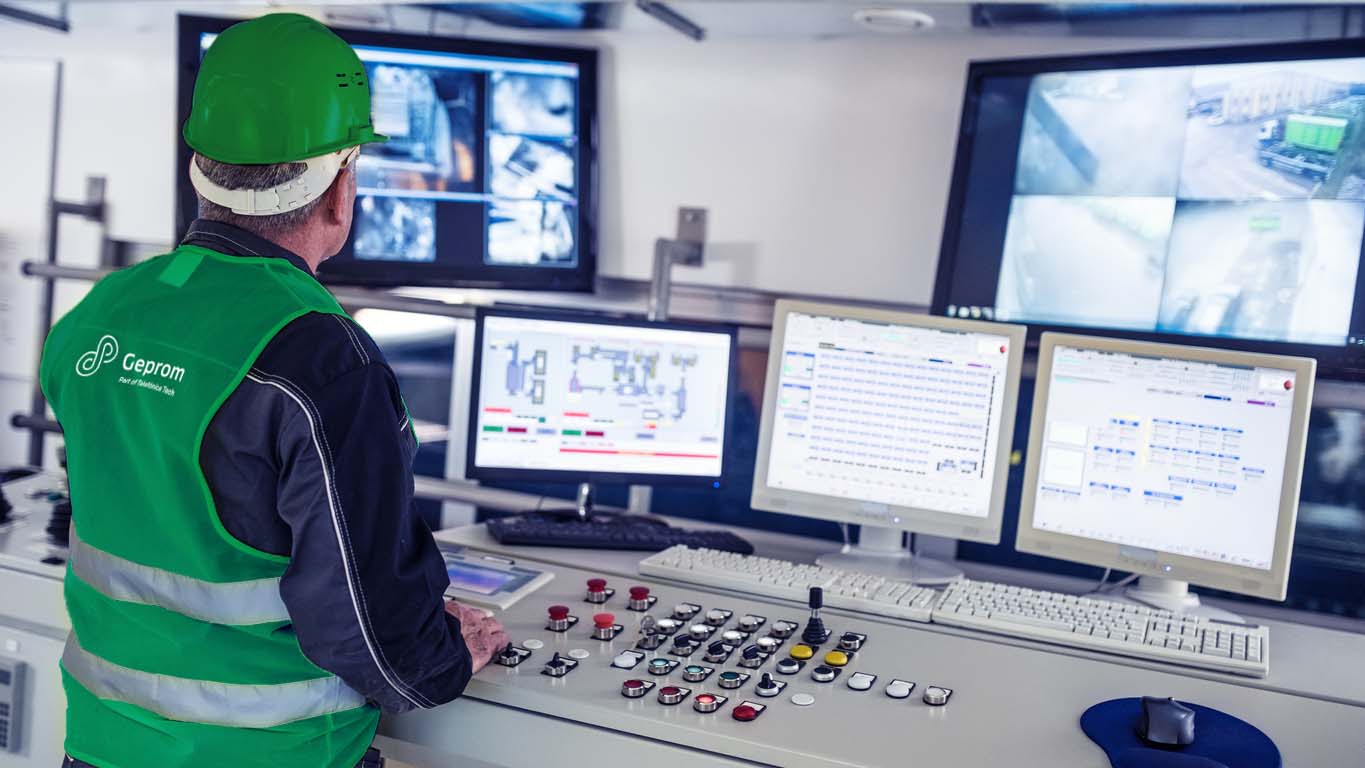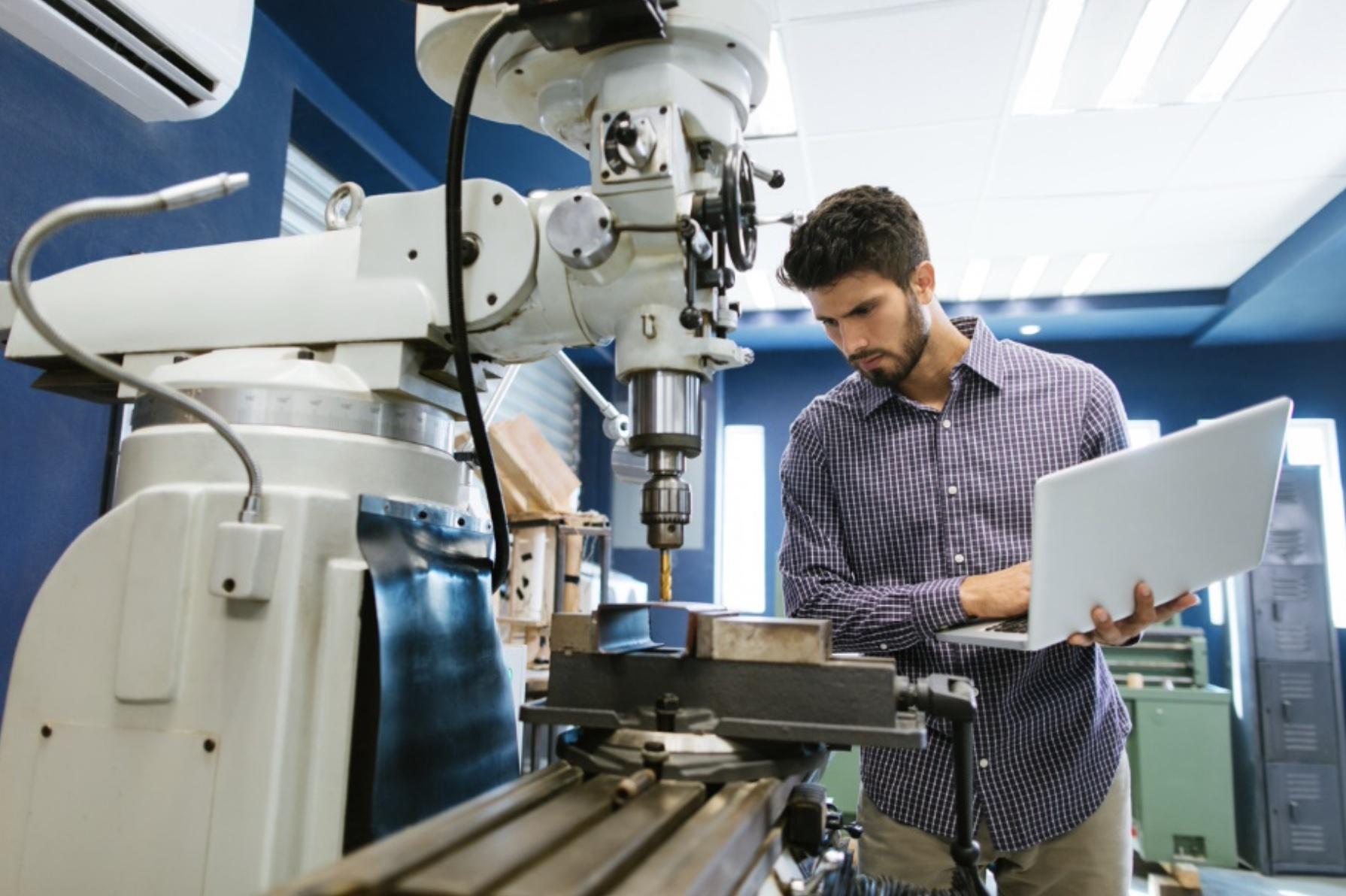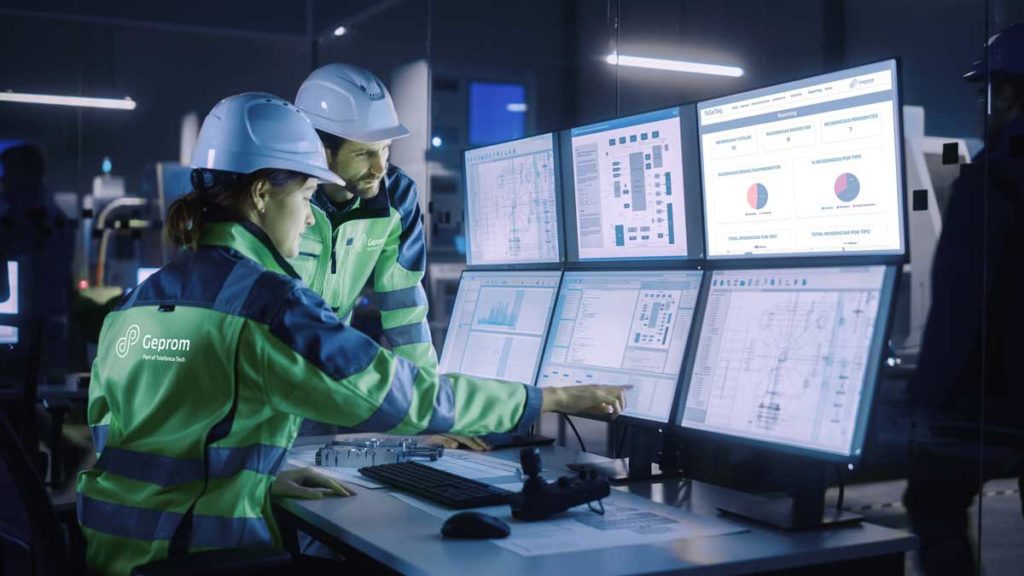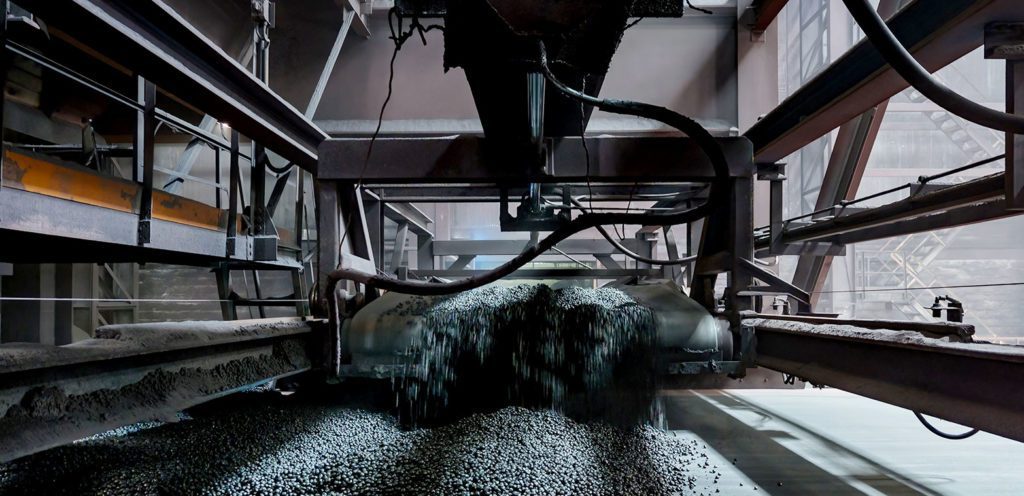SCADA owes its name to the acronym Supervisory Control And Data Acquisition. It is a system designed to control and supervise the production of a facility remotely and in real time.
It has the ability to capture data in real time, from different equipment through various protocols that are in one place, sensors and PLCs.
The data collection is performed with real-time production control and can be stored in a history and provides your company with a variety of functions.
What is SCADA and what is it for?
SCADA systems are systems that control a network of optimisation, control and monitoring of companies or large industrial plants.
They are tools that, despite being universal, can be customised, and are used according to the objective of your company to collect data that will later be transformed into information, which will be displayed in a didactic way to the person in charge of the process.
This person is trained to understand the current conditions of the process in order to be able to make an effective decision and that it is carried out under optimum conditions in terms of safety and performance.
The SCADA, consisting of hardware and software, serves your company to:
- Control quality by means of collected data.
- Collect, process and monitor data in real time.
- Create alarm panels of the failures that can present the machines that are in operation.
- Control industrial production remotely or over a local network.
- Interact directly with some devices such as the HMI interface, motors, valves and sensors.
- Record sequentially, files or the entire database of the events that have occurred during a production process.
How does the SCADA system work?
The basic structure of SCADA systems starts from microcomputer PLCs (programmable logic controllers) or RTUs (remote terminal units).
Although these are not their only functions, these microcomputers, after communication, send the information they have obtained from objects such as valves, HMI interface, sensors and motors, to the computers that contain the SCADA software.
The SCADA system is in charge of processing, distributing and displaying the obtained data to the operator. This allows both users and workers to manage operations in real time and then make decisions.
The Control, Supervision and Data Acquisition Systems are not only designed to communicate the problems that may arise in a plant or company, but they also allow you to solve them in an efficient and effective way, to avoid the loss of production.
What is an HMI and SCADA?
Human Machine Interface (HMI) is a human-machine interface. It is the way humans interact with machines.
These tools provide your company with the necessary information about the operation of the machinery through real-time graphical displays or panels.
The data is displayed on screen and managed by the people operating the system. This allows them to make intelligent decisions in the shortest possible time. Many users have wondered if HMI and SCADA systems are complementary. Here is the answer.
The two technologies, although different, complement each other. SCADA systems have become indispensable when setting up large production infrastructures. HMI application systems allow you to monitor SCADA systems.
In this way, industries that use both systems obtain accurate company data, have greater control of production and extend the useful life of machinery.










